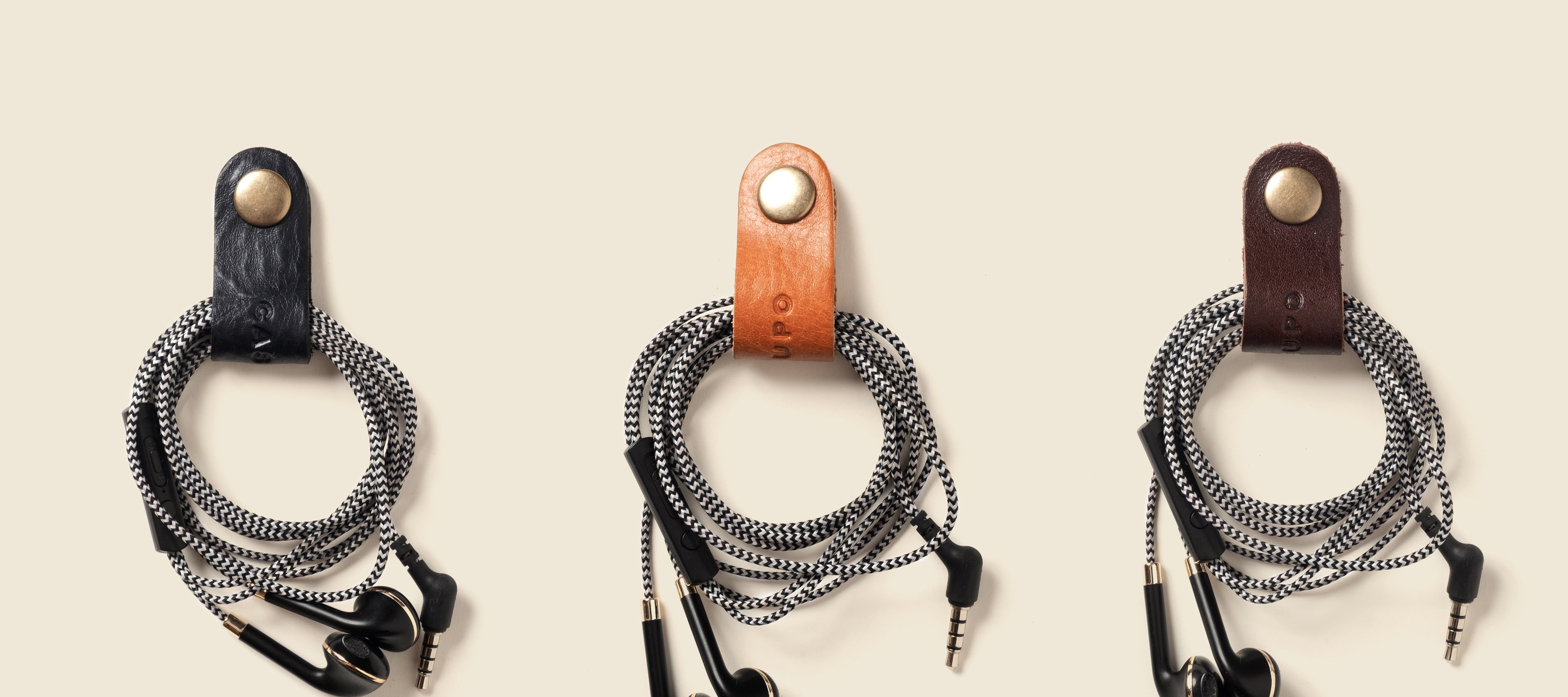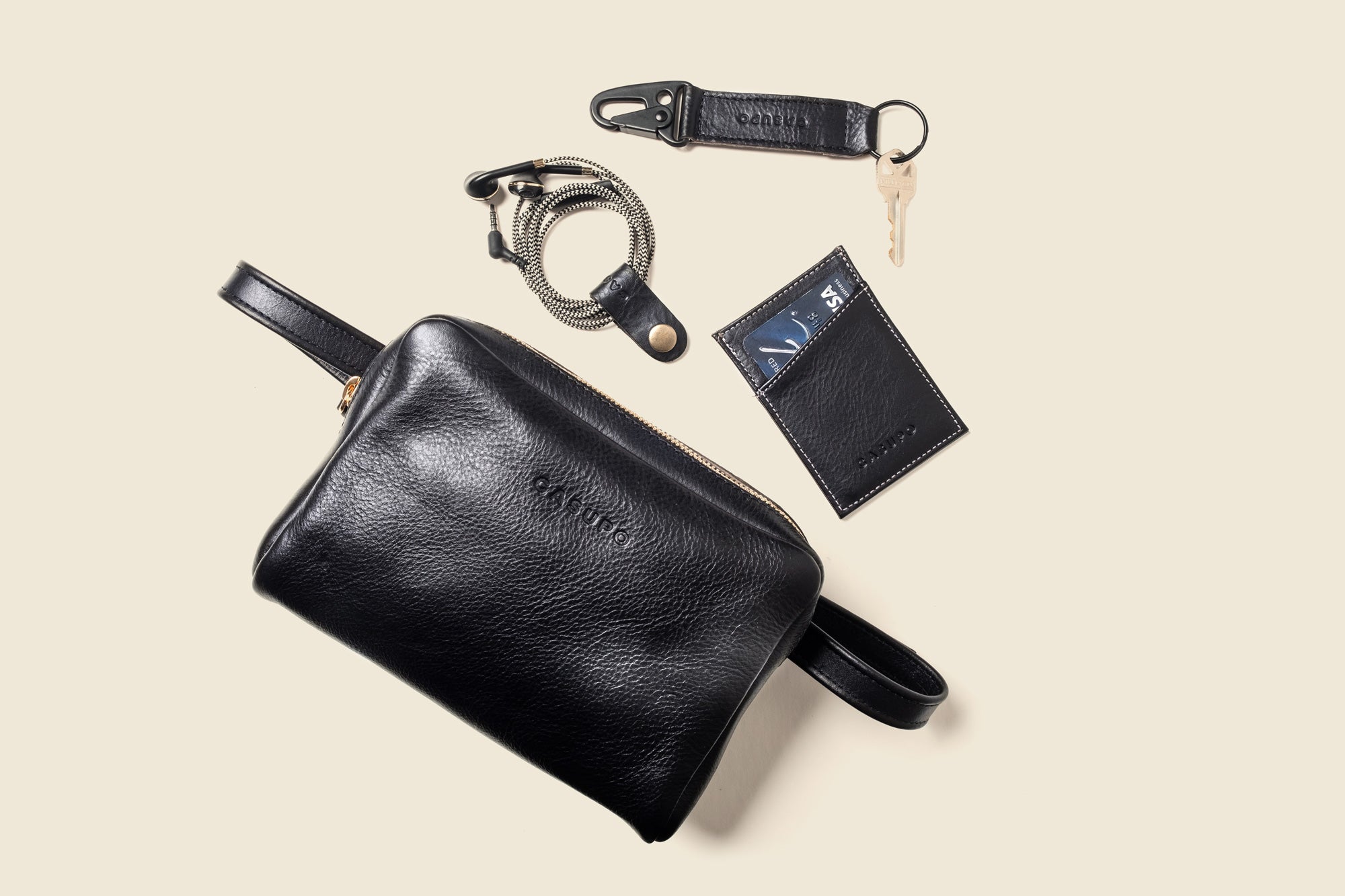The True Cost of Cheap Leather
Leather production has a rich history. According to Britannica, humans have practiced leather making “for over 7,000 years,” and tanning -- treating animal hides to produce leather -- originated with the Egyptians. Today, the leather market is more complex than ever, and even fake leather alternatives made through modern chemical processes exist.
It’s understandable that shopping for leather can be overwhelming, since such a range of qualities are now available. Low-quality leathers can be tempting purchases since they are so cheap and convenient. But, like most products with cheaper alternatives, low-quality leathers are ultimately not worth the money they save.
The Real Cost of Cheap Leather Is It’s Worse Quality and Bigger Environmental Impact.
Cheap leather is, without a doubt, a lower-quality product. But how does that lower quality translate into a larger true cost? Compared to quality leather, cheap alternatives:
More importantly, cheap leathers have a much bigger environmental impact than high-quality ones. Cheap leathers:
Low-quality leathers are only cheaper the moment you buy them. It costs less, in the long run, to invest in a high-quality product that won’t wear out easily and then languish in a landfill. REady to own a piece you’ll use and love for years? Check out CASUPO’s of all full-grain leather products.



Leave a comment
This site is protected by hCaptcha and the hCaptcha Privacy Policy and Terms of Service apply.